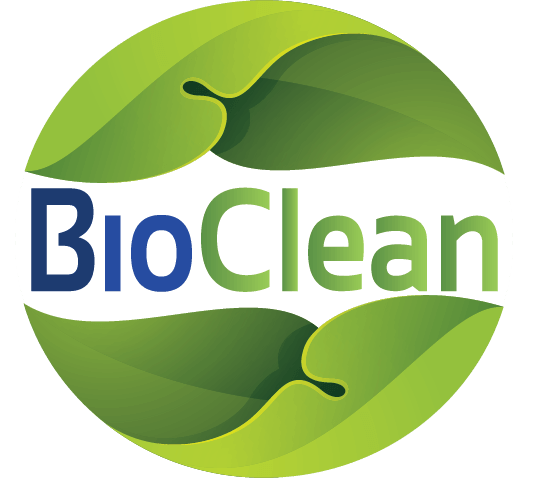The Colorful World of Mold
Where Does Mold Grow?
Mold is a part of our daily lives, providing benefits as well as hazards. Mold typically grows in colonies and requires a source of food and abundant moisture, which is crucial to its growth and lifecycle. Dark places are also idea, because of the effects of sunlight and drying out the mold's habitat. You will find mold living on every continent of the world, as long as the spores can be allowed to propagate and build colonies. It reproduces by spore production, which can be transmitted by air currents, water, or direct distribution. Food sources include cellulose such as paper or wood, and other decaying organic material.
Types & Colors
You might have heard of the dreaded "black mold" but the truth is that there is almost no limit to the number of colors and types of mold. Mold can also appear to be greenish, blue, red, yellow, or just about any other color. Its color is more closely related to its food source and the type of climate where it is growing.
- Black mold: Aspergillus is commonly associated with "black mold" colonies. It produces very volatile mycotoxins and is very resilient in indoor conditions.
- Blue mold: Typically Penicillium, but also a recognized trait of Aspergillus. Very reactive with people allergic to those varieties of molds.
- Brown mold: A fuzzy, brown type of mold that feeds on cellulose and wood fibers. Indicative of several species of mold such as Stemonitis, Aureobasidium, Taeoniella and others.
- Green mold: This variety mold can be indicative of several molds such as Aspergillus, Cladosporium, or Penicillium.
- Greenish-black: Stachybotrys chartarum is a highly toxic mold, mostly associated with "black mold" and "sick building syndrome."
- Other colors:
Color is a poor indication of which type of mold you are looking at, but rather works as a way to recognize that you have mold present. For example, Chaetomium are very dangerous molds that can cause brain damage, Type 1 allergic responses, and severely affects immunocompromised people. Their colors are anything from grey to reds and browns.
The Importance of Removing Mold
Depending on the type of mold it is this determines how dangerous the mycotoxins it produces may affect people or animals. In high quantities, even "helpful" mold can be dangerous, especially if aspirated into the lungs. Allergic reactions and asthmatic responses are more common in how a mold affects people. The enzymes and toxins mold produces as a byproduct of digestion, as well as the mycotoxins it produces to eliminate competition for neighboring mold colonies or fungus can also build up and cause a health hazard. Mold is effective at breaking down organic material, and this can mean expensive replacements, smelly environments, and permanent staining if a mold colony isn't removed.
Get It Checked Out
At BioClean, we specialize in identifying, removing, and cleaning up areas that have been affected by mold. We address issues caused by leaks, floods, and other ways that moisture has been trapped and has created an environment ideal for mold growth. Mold can cause serious health problems, property destruction, and a multitude of other problems--especially if you lack the proper equipment or training to clean the area. A mold colony can easily regenerate years after an outbreak if it hasn't been cleaned or remediated properly. All you need to do is add moisture and your problems start all over again.
If you smell something, see something, or notice something--especially after a flood or water leak in your home--please contact us. BioClean is here to make your mold problem go away.
